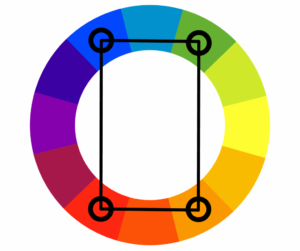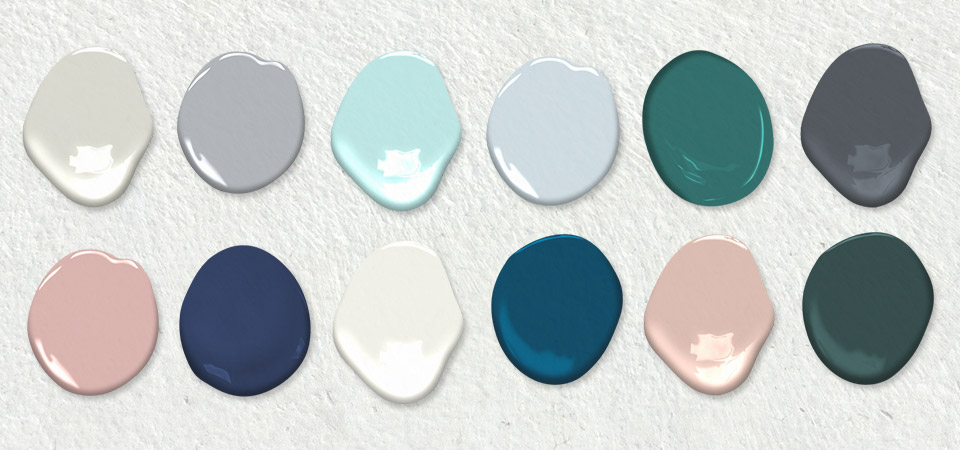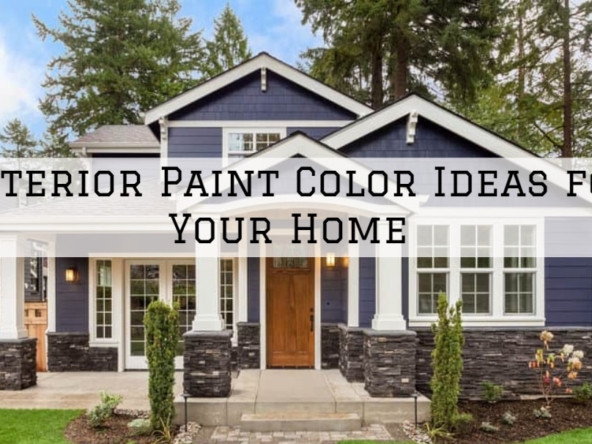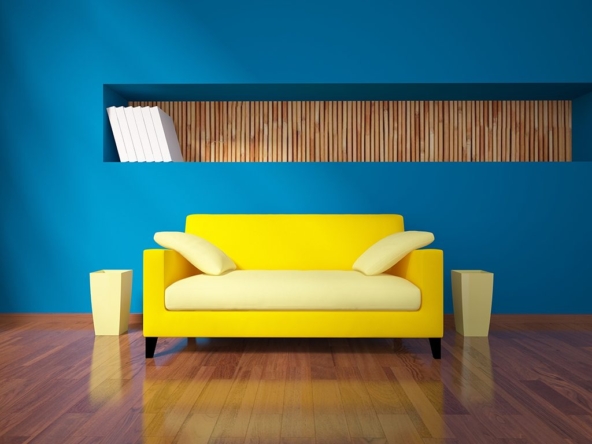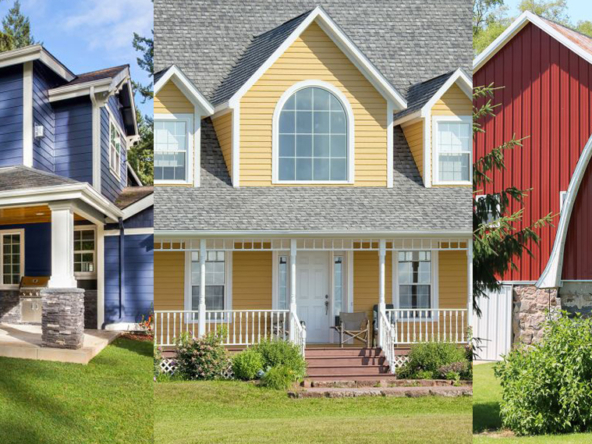The best colours to paint your home: Monochromatic, Analogous, Complementary, Triadic, and Tetradic colours explained.
I’ve always been fascinated by colours, their meanings, how they make us feel and how they can change the mood and appearance of a room or building. Here are some examples of different colour schemes and palettes that will help you when choosing colours to paint your home, office, or any other structure needing some colour therapy! There are six types of colour schemes: monochromatic, analogous, complementary, triadic, tetradic and split complementary. We’ll be going over each one briefly below:
Monochromatic Coloring
This colouring can be a good option if you’re looking for colour harmony in a room or an entire house. Monochrome colouring is when you use different shades of one colour (that’s why it’s called monochromatic). Examples include white walls with blue trim or a dark-blue dining room with light-blue accents. This method is often used in coastal beach homes. Choose the primary colour for your overall project. Then choose one or two accent colours that blend well with your primary colour. For example, if you want to paint a living room with yellow walls, use yellow as your primary colour and then choose green or brown as accent colours. To tie everything together, you could add touches of these two secondary colours throughout your living room—on pillows and on throw rugs. Some of the best paint colours to paint your home.
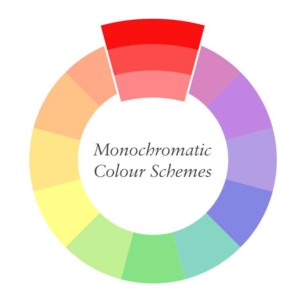
Analogous Colours to paint your home
Choosing Paint Colors Based on Complementary Colors To create a colour scheme using analogous hues, start by selecting the main shade. A similar colour scheme is developed when you choose two or more dyes directly across from each other on a 12-hue colour wheel. For example, red-orange and yellow-orange are now across from each other. To make a monochromatic, analogous colour scheme with multiple hues, combine equal amounts of all these primary colours. Some of the best paint colours to paint your home.
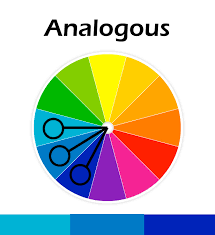
Complementary Colours to paint your home
Opposite either side of a colour wheel, complementary colours appear jarring when paired together. Red paired with green looks awful in almost every scenario. These pairs are strong enough to evoke a sense of tension even when used together in small doses. Here are some examples of complementary color schemes: red-green; orange-blue; yellow-purple; blue-orange; purple-yellow; red-violet/magenta/red. Some of the best paint colours to paint your home.
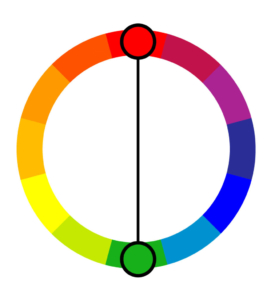
Triadic Colours to paint your home
When you combine three colours that are evenly spaced on a colour wheel, there will be two other neutrals of browns and greys. This means that each triad has six different paint colors (yellow-orange + red-orange + red-purple = 6). Use bright or high saturated versions of each colour for maximum impact. Stay away from pastels! The goal is to contrast each of these three colours. They won’t stand out as much if they’re too similar in value. To create a triad palette, you can use any combination of warm and cool hues. Some of the best paint colours to paint your home.
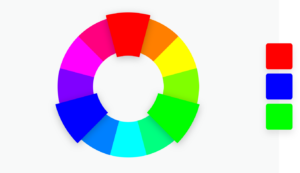
Tetradic Coloring
Combining four colours (two complementary pairs) creates a tetradic colouring scheme. If you are already familiar with complementary colours, then you already know that any two colours can be complements. For example, red and green are complements because they appear opposite on either side of a colour wheel. When choosing tetradic paints, it’s easiest to think about colour harmonies. To create a monochrome theme, start by selecting your base colour, which will use throughout most of your space. Also, the best paint colours to paint your home.
